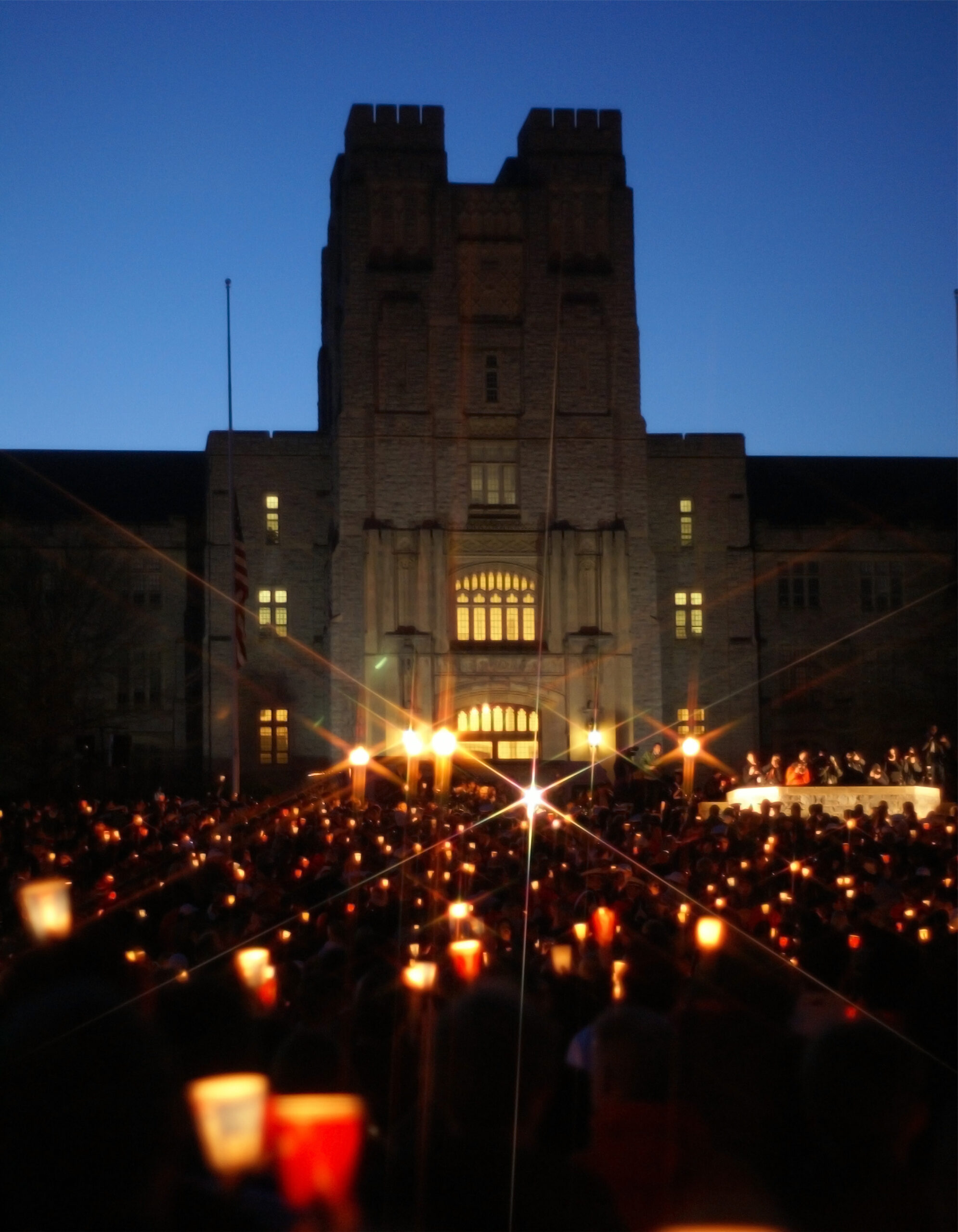On the morning of April 16, 2007, students at Virginia Tech entered their classrooms to begin the day, unaware that their campus would soon become the site of the most fatal U.S. school shooting in history. That morning, the West Ambler Johnston dormitory came under gunfire that claimed two students before the more deadly rampage started at Norris Hall Engineering building. The tragic day ended with thirty-two students and faculty members deceased. In contrast, seventeen others received serious injuries because of the rampage orchestrated by Seung-Hui Cho before he committed suicide as police approached.
The tragedy at Virginia Tech served as a wake-up call for the entire nation, exposing serious security shortcomings on campus. The university’s delay in notifying students until 9:26 AM, despite the shooting incidents that began in the early morning hours, ignited a nationwide discussion about emergency preparedness. This conversation resulted in systematic protocol changes within American higher education, highlighting the significant impact of the Virginia Tech shooting on national policies.
Following the shooting, people expressed great agony over how mental health interventions and gun purchase procedures operate. Despite having been diagnosed with severe anxiety disorder since his youth, Seung-Hui Cho successfully obtained two handguns while passing regular background checks. Cho’s mental health history raised concerns about gaps in the reporting system, as existing laws did not prevent him from legally purchasing firearms.
After the tragedy, the Virginia Tech community chose to channel their sorrow into meaningful change rather than succumbing to it. The university established the April 16 Memorial, featuring 32 Hokie Stones that bear the victims’ names. They also initiated annual commemorative activities, such as the popular ‘Run in Remembrance.’ Instead of being a source of despair, this tragedy catalyzed enhancing mental healthcare services on campus and improving nationwide active shooter preparedness programs, instilling a sense of hope in the face of adversity.

